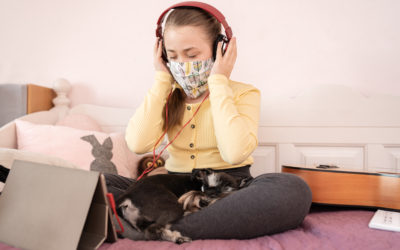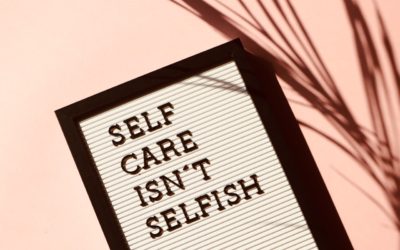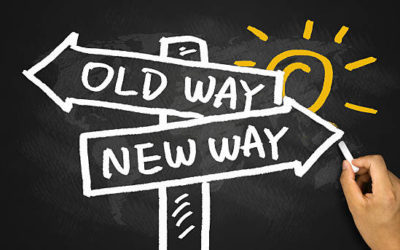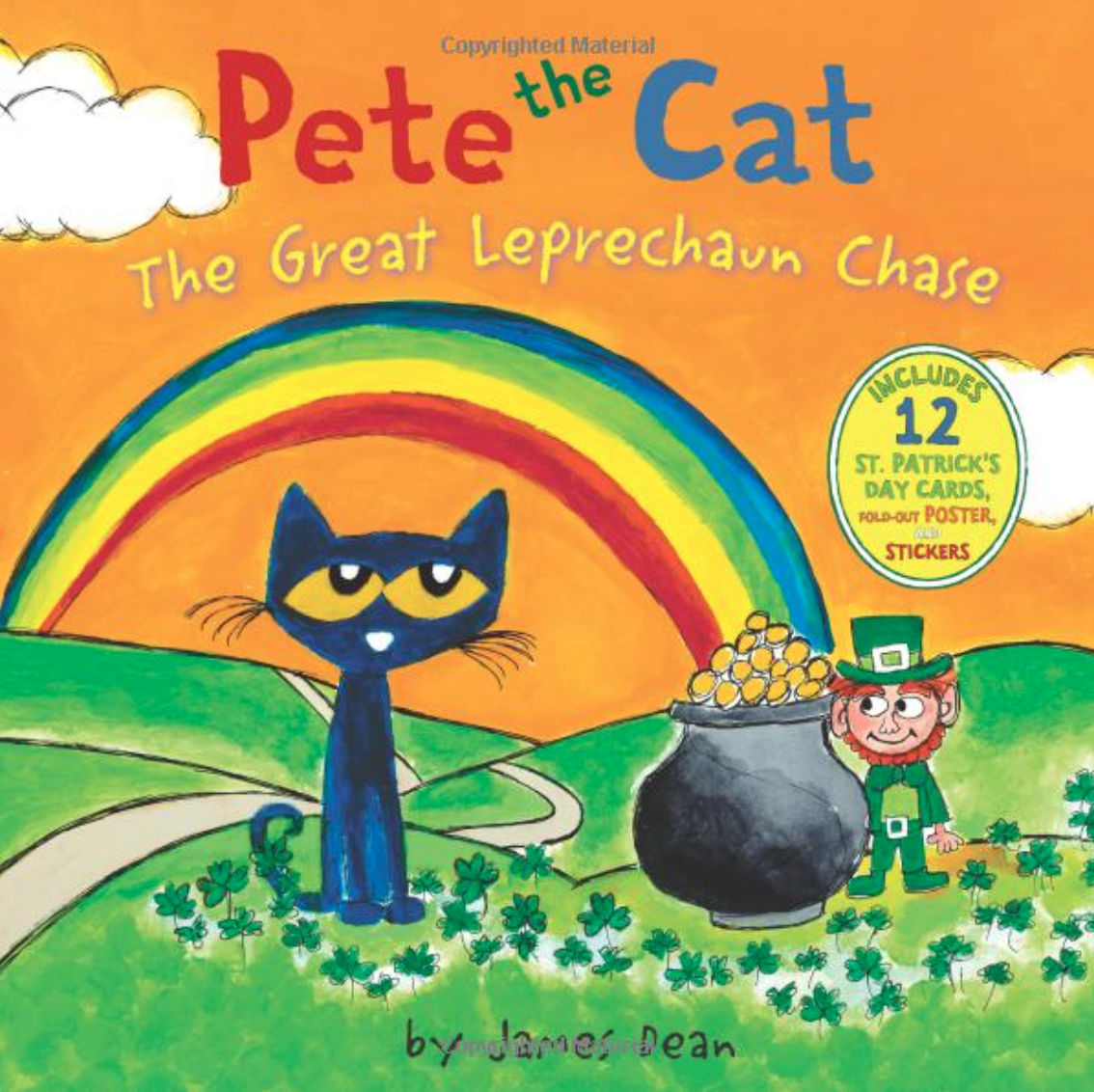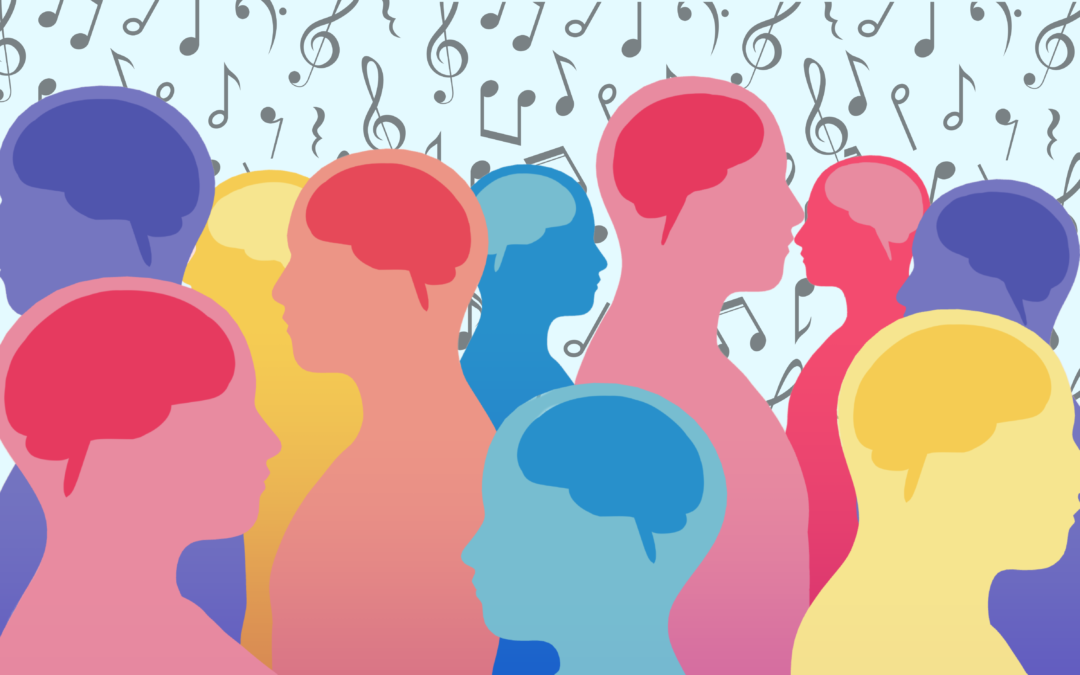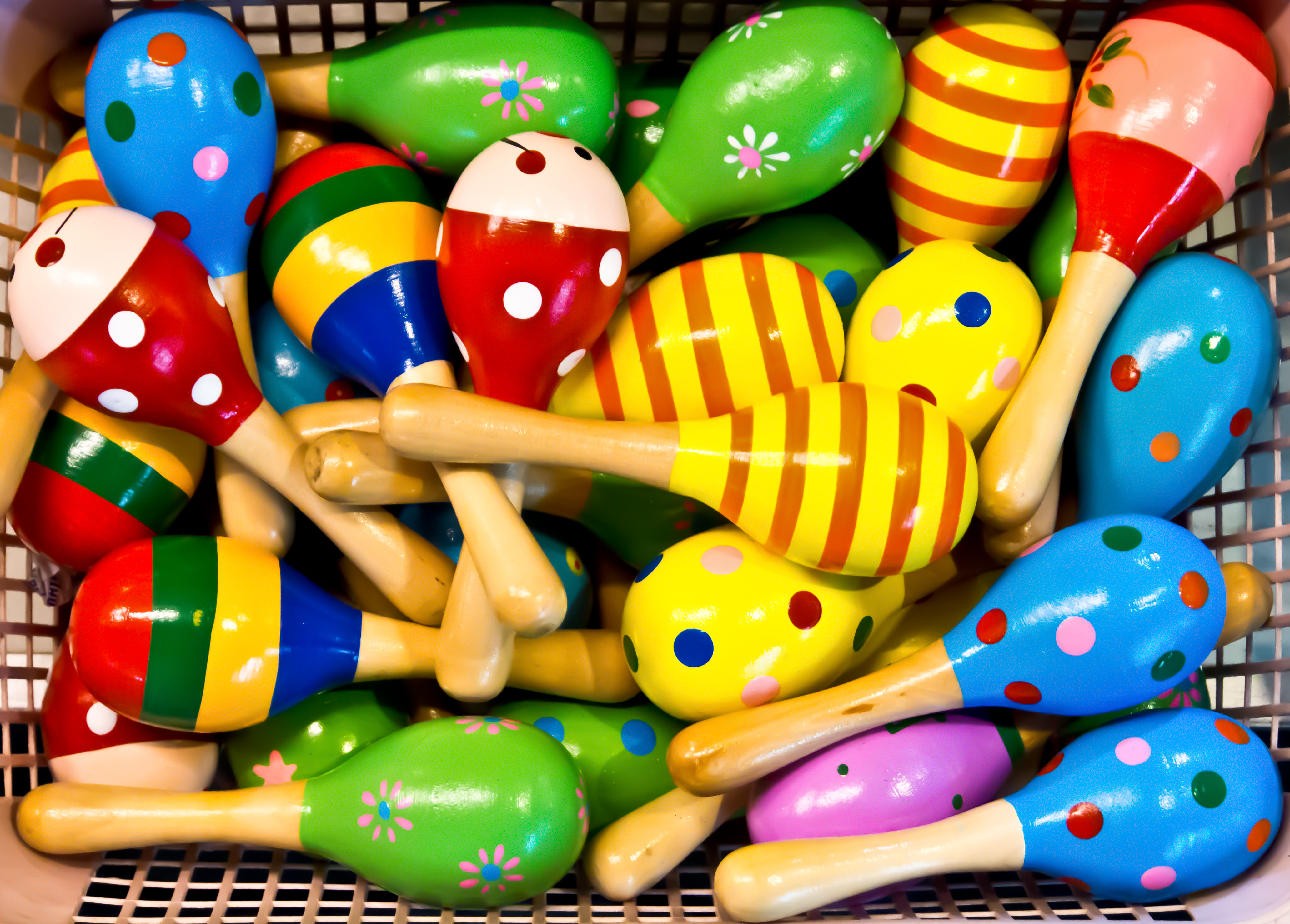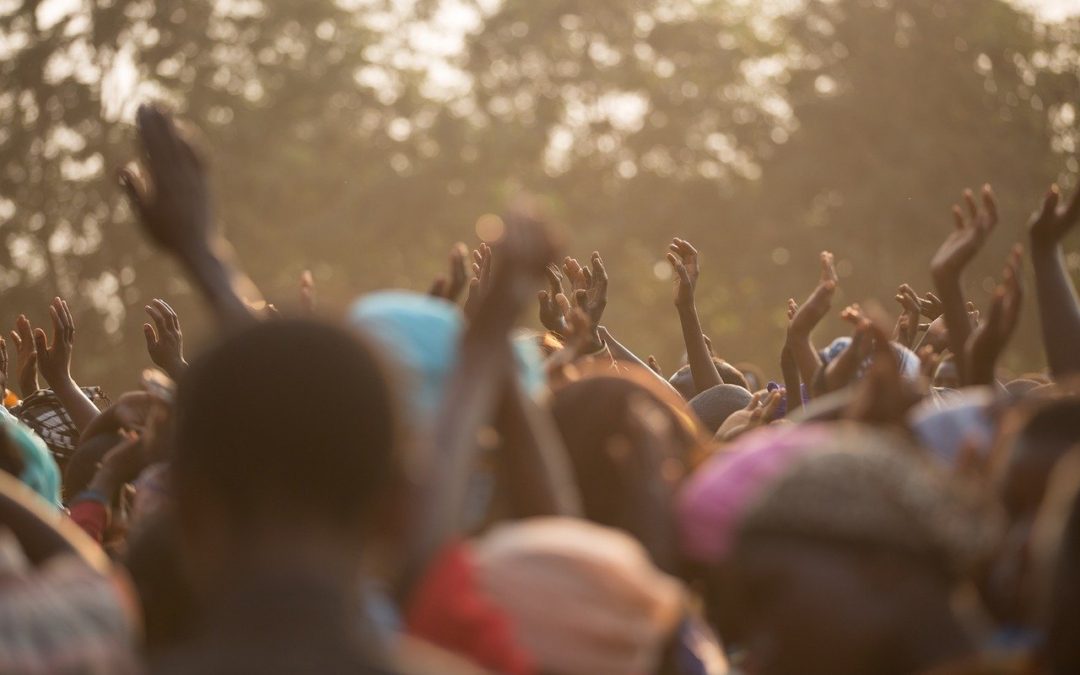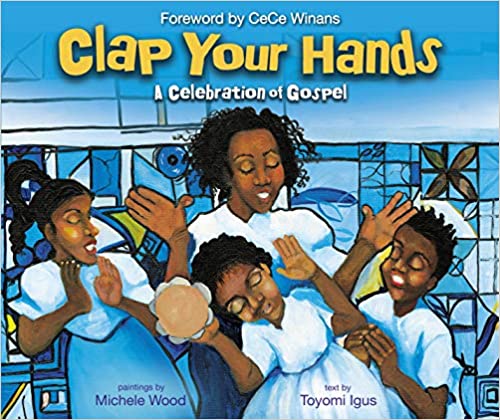Mindfulness has become more familiar in the western world over the last 40 years. It was mainly adopted by counselors working with individuals struggling with anxiety, compulsive disorders, and past trauma, training them to use this practice in and out of counseling. ...
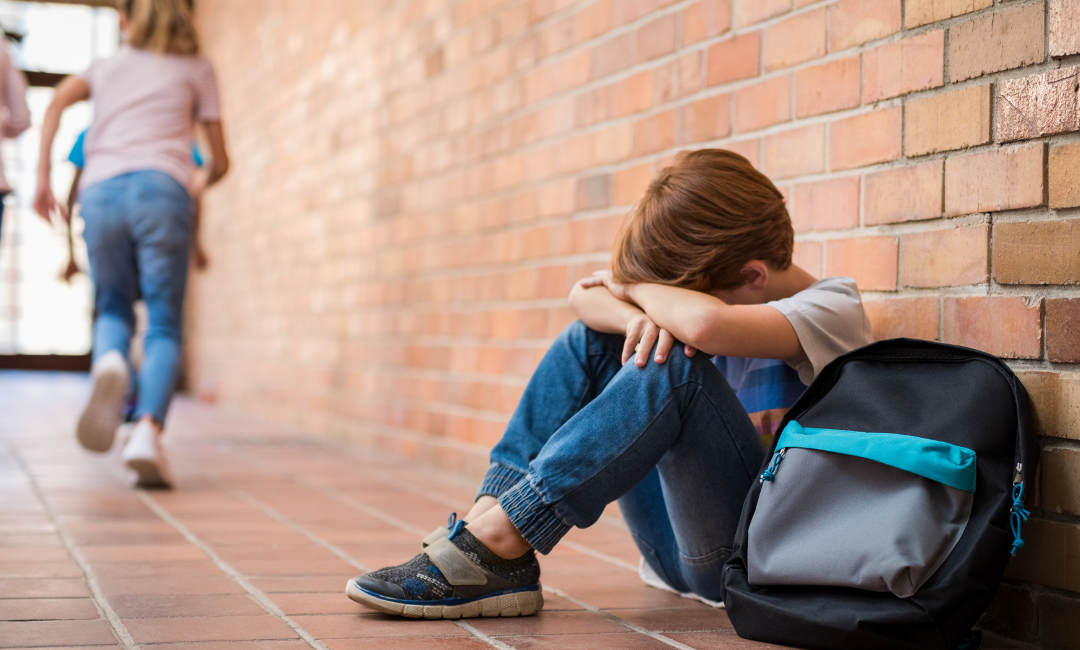
Holding a Safe Space to Heal from Trauma
There has never been a more important time to ensure that our staff have a clear understanding of how to approach individuals using a trauma informed lens. During June 2020, U.S. adults reported considerably elevated adverse mental health conditions associated with COVID-19. Younger adults, racial/ethnic minorities, essential workers, and unpaid adult caregivers reported having experienced disproportionately worse mental health outcomes, increased substance use, and elevated suicidal ideation. Consider the impact on children, not having access to school as they have known. And even more concerning, the impact on children in abusive homes without an escape each day.
“Traumatization occurs when both internal and external resources are inadequate to cope with external threat.”
Van der Kolk & Ducey, 1989.
Trauma is caused from an injury or painful experience that has lasting, or potentially lasting, effect on your life. It’s not the actual event that causes trauma but instead the way in which a person experiences the event. Therefore, two people can be involved in the same accident and yet have different responses to that accident. Three children may witness the divorce of their parents and yet need various levels of support ranging from no or minimal therapy to extensive therapy.
Although we provide services to all ages, a large portion of our work is with individuals 21 and under. The statistics of trauma victims in this age bracket is higher than you might expect.
- 26% of children in the United States will witness or experience a traumatic event before they turn four.
- Nearly 35 million U.S. children have experienced one or more types of childhood trauma.
- About 1 in 10 in the U.S. experiences sexual abuse by the time they are 18
As we began providing services remotely for children, we traditionally would see in school, it became clear that as therapists we were going to need to be creative and flexible. Some students did not have the support to get on a Zoom session due to the lack of internet or computer and some were attempting to get on the call alone lacking a parent or guardian to assist them. Other families shared during the Zoom call the impact they were experiencing due to the pandemic, including job loss, mental health challenges, and more.
Being able to identify signs of trauma and approaching all individuals in therapy with a trauma informed lens was a necessity for our staff. Last month, the Upstate Music Therapy Center staff participated in a training offered by the Monroe County System of Care, which was an overview of emotional trauma. Ten of our therapists were able to attend.
Having a trauma informed lens is considered practicing universal precautions. This means being sensitive to the impact of trauma on others and yourself, understanding and utilizing tools to support yourself and others in finding the ability to regulate emotions during times of stress; as well as identifying the system needed to reduce re-traumatization.
Within our staff of Board Certified Music Therapists, three members of our team are also Licensed Creative Arts Therapists. LCATs are trained in psychotherapy and in specific arts disciplines, which may include dance/movement therapy, drama therapy, music therapy, poetry therapy and art therapy.
Creative Arts Therapists use many forms of psychotherapy, mindfulness, relaxation techniques, and the arts to create an accepting environment for processing past traumatic memories and experiences. We hold a safe space within the session for the client’s emotions and apprehensiveness to rise to the surface and acknowledge how difficult it is looking back and exploring thoughts that they would prefer to keep hidden. The therapist offers creative ways in which the client can process feelings, sensations in their body, dreams, flashbacks, and rumination of thoughts. As the client begins to realize that their level of distress is diminishing through therapy, they become empowered in the process, pushing on toward healing and recovery.
If you, your child, or someone you know are experiencing big emotions, yet are unable to identify where they are coming from, or are having repeated unpleasant thoughts, we invite you to reach out and speak with one of our therapists about ways we can help you uncover and work through the underlying source of trauma and find peace.
Mindfulness for Kids: 5 Breathing Activities
Lean On Us
In times of sorrow, how do you carry on? Do you call a loved one? Do you turn to nature? Or, is it a song that gets you through? At UMTC, we know that music can lift the spirits in a special way. In an effort to do just that, our very own Jamie Swieringa combined...
Quarantine Self Care
The sudden quarantine, beginning around the middle of March caused by the Coronavirus, created a panic for some. Many found themselves trying to determine what they should purchase and which errands to run prior to entering an uncertain amount of time remaining at...


